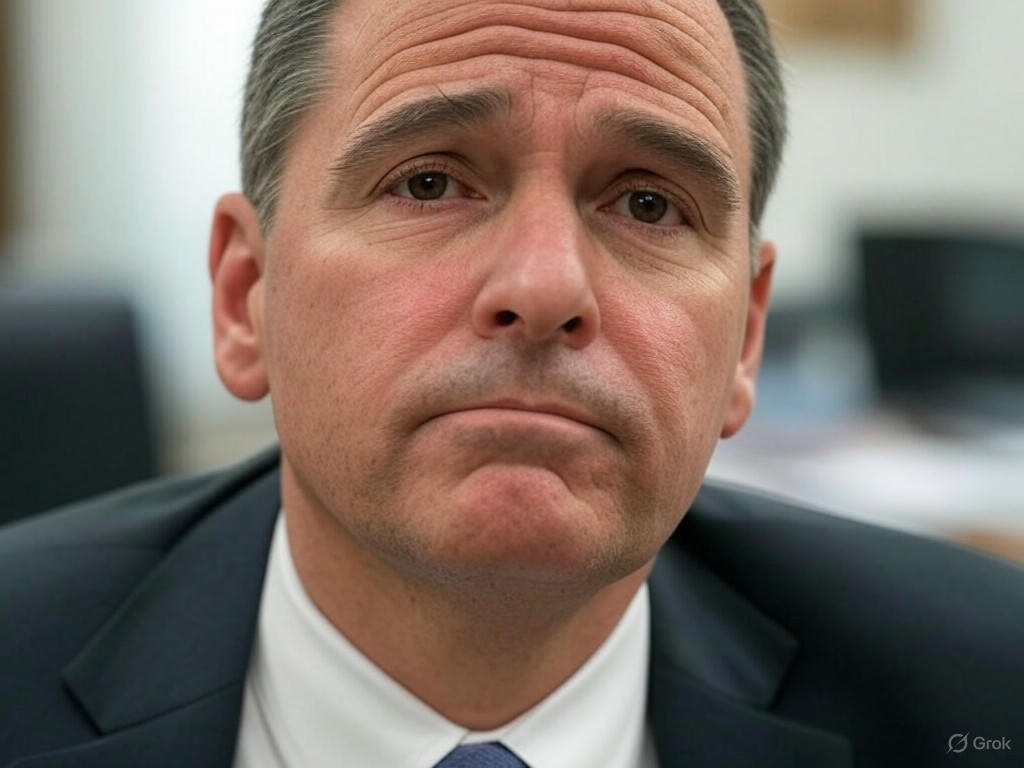Turbulence at the FDA: Leadership Clash Over Drug Approval Sparks Exit of Top Official
A storm has brewed within the U.S. Food and Drug Administration (FDA), culminating in the unexpected departure of a top official overseeing cell and gene therapies. Reports suggest that a heated disagreement over the approval process for a promising treatment for Duchenne muscular dystrophy played a pivotal role in this high-profile exit. The clash, which unfolded between the official and her superior, has raised eyebrows across the pharmaceutical industry, sparking debates about the agency’s internal dynamics and decision-making processes.
At the heart of the controversy is a therapy aimed at addressing Duchenne muscular dystrophy, a devastating genetic disorder that primarily affects young boys, leading to progressive muscle degeneration. The therapy, which falls under the cutting-edge realm of cell and gene treatments, promised a potential breakthrough for patients with limited options. However, differing opinions on the drug’s readiness for approval reportedly created friction at the FDA’s upper echelons. While specific details of the disagreement remain under wraps, sources indicate that the departing official advocated for a more cautious approach, possibly citing gaps in clinical data or long-term safety concerns. In contrast, her superior may have pushed for a faster track, aligning with industry pressures to expedite innovative therapies to market.
This incident sheds light on broader challenges within the FDA, an agency tasked with balancing patient safety against the urgent need for new treatments. The field of cell and gene therapy, while revolutionary, often operates in uncharted territory, with therapies that are complex to evaluate. Disagreements over risk versus reward are not uncommon, but when they escalate to the point of a senior official’s departure, they signal deeper issues. Some industry watchers speculate that management styles and philosophical differences on regulatory oversight may have compounded the tension, creating an environment where consensus was hard to achieve. The timing of the exit—immediately following the dispute—further fuels speculation that this was not a planned resignation but a direct consequence of the conflict.
The ripple effects of this shakeup could be significant. For one, it raises questions about the future direction of cell and gene therapy approvals at the FDA. Will the agency adopt a more conservative stance, or will it prioritize speed to address unmet medical needs? Additionally, the vacancy at such a critical position may slow down ongoing reviews, impacting biotech companies racing to bring their innovations to patients. For the Duchenne therapy in question, the path forward remains uncertain, as stakeholders await clarity on how the FDA will proceed without one of its key decision-makers.
As the dust settles, the pharmaceutical world watches closely. This episode serves as a reminder of the high stakes involved in drug regulation, where lives hang in the balance, and every decision is scrutinized. The FDA must now navigate this leadership transition while maintaining public trust and ensuring that internal disagreements do not derail its mission to safeguard and advance public health.


